"I looked up at him and smiled happily.
In the smile of fleets of cars
The glass door sways on the way back to motherland
That simple, youthful dream
Carrying pipes connecting the North and the South".
Holding in her hands a historic photo of the legendary oil pipeline in Truong Son, Mrs. Tran Thi Thanh Kiem (in Van Giang, Hung Yen ) slowly reads each verse of the poem her partner gave her 50 years ago. The lines of poetry were carefully written behind the photo, the ink has faded over the years.
Looking at the photo in which I am one of the two main characters, many memories of a time of bombs and bullets, participating in the force to protect the secret pipeline supporting the South, a time of immersing myself in the generation of "cutting Truong Son to save the country" and unexpectedly meeting a piece of love... came flooding back to the mind of the female soldier of Truong Son.
Sharing with Dan Tri reporter , Ms. Thanh Kiem (72 years old) said that the thousands of kilometers long oil pipeline is one of the miracles of the Vietnam People's Army in the resistance war against the US to save the country, contributing significantly to the victory of national reunification on April 30, 1975.
In 1971, from her hometown of Hung Ha, Thai Binh , Ms. Kiem volunteered to join the army. After several months of training in Mao Khe, Quang Ninh, she was assigned to the 592 Petroleum Pipeline Regiment, Truong Son Army.
The 592nd Regiment was one of the first two petroleum pipeline regiments established to construct and maintain pipelines, depots, and fuel tanks. The pipeline system was code-named and operated secretly to avoid detection and destruction by the enemy.
Among the goods and weapons supplied to the South, gasoline played an important role. At that time, everyone knew by heart President Ho Chi Minh 's slogan: "Love your car like your child, cherish gasoline like your blood."
To transport this vital fuel source, a secret oil pipeline system was built, about 5,000km long, running from the Vietnam-China border, across the Truong Son mountain range to the Southeast.
"The pipeline system later surprised the Americans and Commander Dong Sy Nguyen commented: "If the Truong Son road is a legend, then the oil pipeline is a legend within that legend," Ms. Thanh Kiem shared.
In addition to working with her teammates to ensure the smooth and safe transportation of gasoline to the South, Ms. Kiem also performs other tasks assigned by her superiors such as being a nurse, feeding soldiers, and operating the information switchboard...
Photo "Female soldiers of Truong Son oil unit" by author Vuong Khanh Hong.
Talking about the chance to become a character in a photo representing the oil force during the war against America, displayed in several museums, exhibitions, and printed on many history book covers, Ms. Kiem said the photo was taken in 1973.
The location in the photo is the banks of the Sepon River - the section passing through Savannakhet province, Laos. Ms. Kiem's unit was stationed in this area at that time to ensure the smooth and safe transportation of gasoline to the South.
One afternoon at the end of the year, Ms. Kiem and her superiors were assigned to transport materials to fix a damaged section of pipeline. Ms. Kiem carried a clamp (a device that connects the ends of pipes) while her teammates carried a pipe about 6 meters long. The two had just walked up from the riverbank, smiling and chatting when they heard the call of a war correspondent: "Hey, girls, let me take a picture of you two," so they happily agreed.
"The first time we saw a camera, in the middle of the battlefield, we were both surprised and happy, so we told the reporter: Remember to send us each a photo!", Ms. Kiem recalled.
It was only later, when the photo was published in Truong Son Newspaper, that Ms. Kiem learned that the photographer was artist and photographer Vuong Khanh Hong. The photo was titled "Female Soldier of Truong Son Petroleum Unit".
In the devastated scene, the grass and trees were burnt, nearby a large tree had lost its top, only dry branches remained, the sky was filled with clouds, two girls were smiling and walking forward. The photo was both poetic but also clearly reflected the cruel reality of war.
In the context of having to ensure absolute secrecy about the oil pipeline, the photo captures the beautiful moment of the oil soldier right on the fierce battlefield and spreads the spirit of fighting wholeheartedly for the beloved South.
"The work of protecting oil pipelines is hard, the photo doesn't say it all but shows the spirit in the midst of the war. Every time I look back at the photo, I miss my comrades and the past years even more," said Ms. Kiem.
The female soldier of Truong Son shared about the hardships of the marching days, carrying heavy military equipment and supplies on her shoulders, the weight equivalent to her body weight, crossing high mountains and deep rivers; the hungry meals through the forest, unable to cook rice because of enemy reconnaissance planes, the times fighting with leeches, malaria, and harsh climate...
But for Mrs. Kiem, all of that is nothing because she always holds on to her belief in the day of victory. What pains her the most is that many of her comrades could not return home, sacrificing themselves at the most beautiful age of their lives.
Mrs. Kiem could never forget the most haunting day on the battlefield - January 28, 1973 - the day after the Paris Agreement was signed to end the war and restore peace, everyone thought the US would stop bombing. The whole unit was preparing to celebrate a simple Tet when the US suddenly dropped bombs and attacked the unit's military base.
"In one day, the enemy fired two rounds, nearly 20 soldiers were killed, most of them were women. Nguyen Thi Vy, my fellow countryman from the rice fields, fell while treating a patient. Her teammates could only find one of Vy's arms thanks to the ring she wore every day.
There was a little sister whose body was found three days later, buried in a military pot. She was hit by a bomb while preparing to cook cakes for the unit to celebrate the Year of the Ox; another person died while guarding the information complex...", Mrs. Kiem emotionally recounted.
That day, she felt more clearly the fierceness of the war, the fragile gap between life and death. She and some of her comrades escaped by staying behind to eat some dry food before transporting the communication equipment. If they had been a little faster or slower, perhaps the worst would have happened to her.
Faced with the passing of their comrades, the entire unit could only suppress their grief and turn their pain into revolutionary action to ensure the completion of the unit's mission.
Mrs. Kiem always considers herself lucky because not only did she return safe and sound, but from adversity she also met her other half, Mr. Trinh Trung Tich, a soldier of Group 559, Truong Son Army.
Mr. Tich was from Hung Yen and joined the army in 1968. When marching to Quang Binh, he and many soldiers were assigned to the 12th Corps, Group 559. Mr. Tich's unit was also responsible for constructing and managing hundreds of kilometers of oil pipelines to supply the Route 9-Southern Laos campaign and transporting oil to the South.
Mrs. Kiem and Mr. Tich had the chance to meet each other. More than 50 years have passed, but Mr. Trinh Trung Tich still remembers clearly the first time he met his life partner in 1971. That time, after pumping gas with the team outside the warehouse, Mr. Tich and 2 teammates saw the leader leading 6 girls. By chance, passing each other, the girls shyly greeted 3 soldiers.
"The people at the front greeted very softly, but Mrs. Kiem said loudly: Hello, guys! You're home from work!, so I paid a lot of attention. At that time, Mrs. Kiem was quite tall and had a pretty face. I thought: This girl is good!", Mr. Tich laughed, recalling the moment his heart fluttered when he had not heard his daughter's sweet voice in the mountains and forests for a long time.
Thanks to her beautiful voice, Mrs. Kiem also took on the task of performing and singing to serve the soldiers' spiritual life during the difficult days of fighting. She was known as the "Truong Son Nightingale", and had participated and won high prizes in all-army performances. That evening, Mrs. Kiem and her comrades attended an exchange with Mr. Tich's unit. The sweet voice of the girl from the rice fields made Mr. Tich even more sympathetic.
Mr. Tich was fond of the arts, often composing songs and writing poems. Their interests were similar, and they had the opportunity to participate in the unit's performance rehearsals, so their feelings gradually blossomed. However, the "longan boy" still did not dare to confess his feelings too soon.
After a period of "reconnaissance", Mr. Tich once boldly said: "Kiem, let me ask you honestly, do you have a lover?". Mrs. Kiem's answer made Mr. Tich unable to hide his happiness, subtly revealing his feelings.
Mr. Tich shared that the feelings during wartime were simple, simply love, affection, and encouragement for each other to live their lives to the fullest for the revolutionary ideal. "The task of the oil pipeline force is very difficult, even for us men it is difficult, let alone Ms. Kiem and her teammates who are women, weak. Survival in the mountains and forests is not simple, women have hundreds of difficulties... Yet everyone overcame all fears and completed the task," Mr. Tich shared.
Due to the fierce war situation and the discipline of the unit, the couple kept their feelings private. They had been in love for more than 4 years but were only together for about 2-3 months. During the days apart, the couple sent their love through handwritten letters.
In total, the two sent each other more than 200 letters. In each letter, they expressed their longing for each other, their homesickness, and told each other stories about the battlefield.
Sometimes they used verses to express their feelings, ideals and encourage each other: "The country/ Of the boys and girls... When apart, no tears are shed/ Tears are saved for the day we meet again..." (excerpt from a poem by poet Nam Ha). One of those letters was donated by the couple to the Hung Yen Museum as an exhibit.
Through the letters, their feelings grew, and they went through the war together. In May 1975, after the country was unified, Mr. Tich and Mrs. Kiem asked to return to their hometown to get married. When they parted, the printing unit gave them a photo, which was the photo "Female soldiers of the Truong Son petroleum unit" with a message for them to include in their wedding photo.
Mr. Tich carefully wrote four lines of poetry for his wife, then pressed them and kept them carefully for decades. Later, when photo printing technology developed, Mrs. Kiem enlarged the photo, printed many copies to hang solemnly in her house and the houses of her three children, and gave them to the cultural house of the village where she lived.
"Through this photo, I hope that my children and grandchildren in particular and future generations will better understand the meaning of peace and forever remember the contributions of our ancestors who shed so much blood and sacrificed their lives to bring about today's life," Ms. Kiem said.
In 1987, Ms. Tran Thi Thanh Khiem was awarded the Second Class Resistance Medal, Mr. Trinh Trung Tich was awarded the First Class Resistance Medal for his achievements in the resistance war against America to save the country.
Content: Pham Hong Hanh
Design: Duc Binh
Content: Pham Hong Hanh
Design: Duc Binh
Dantri.com.vn
Source: https://dantri.com.vn/doi-song/chuyen-tinh-200-la-thu-cua-nu-chien-si-bao-ve-duong-ong-bi-mat-o-truong-son-20250423113414914.htm


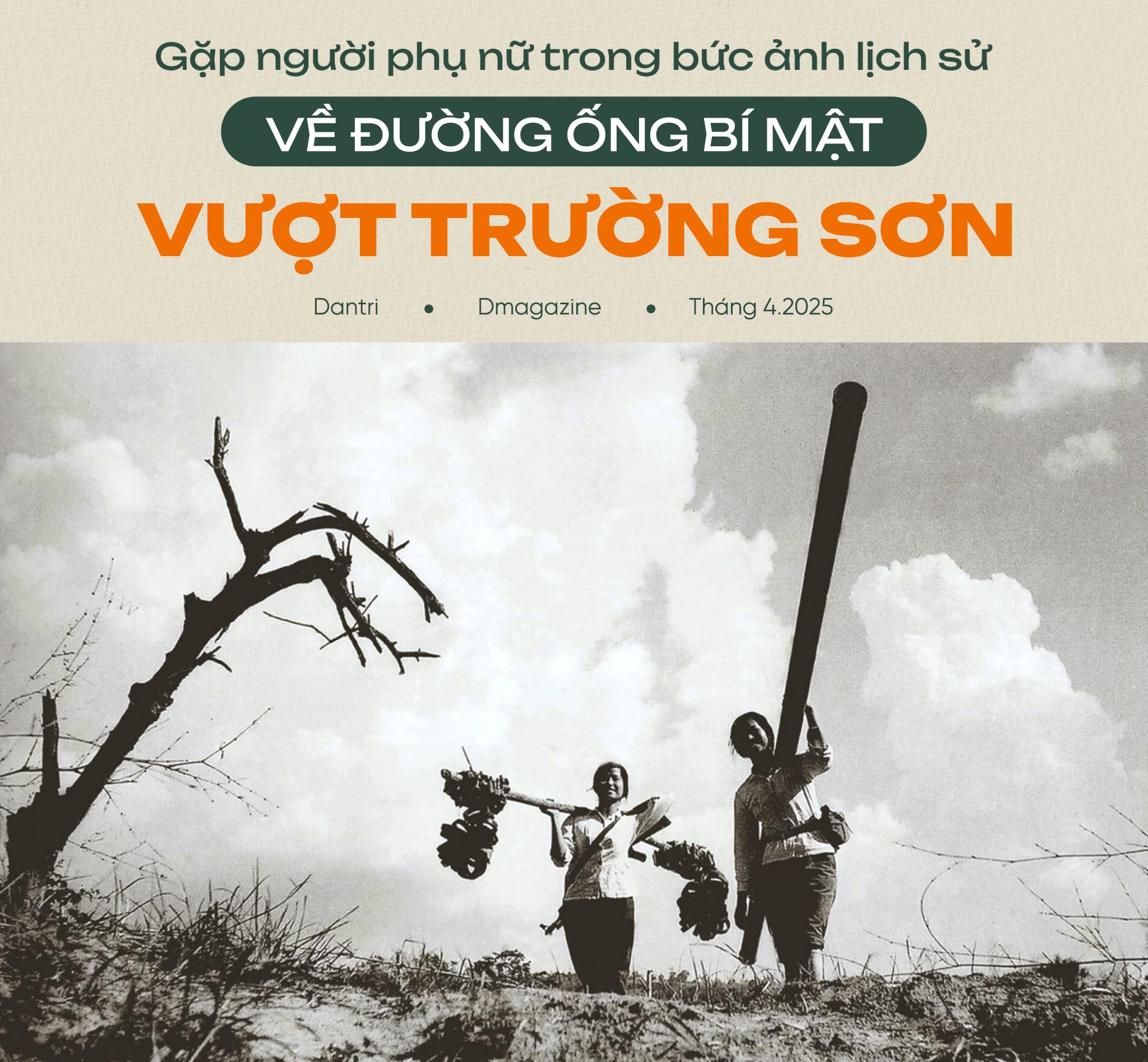
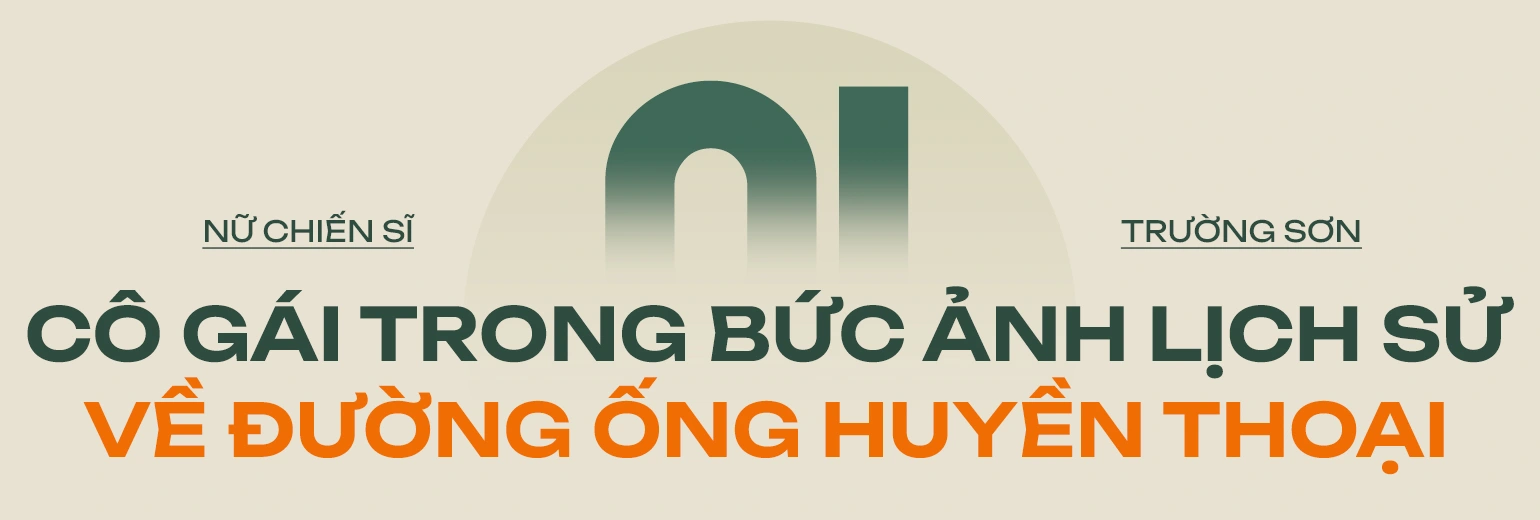
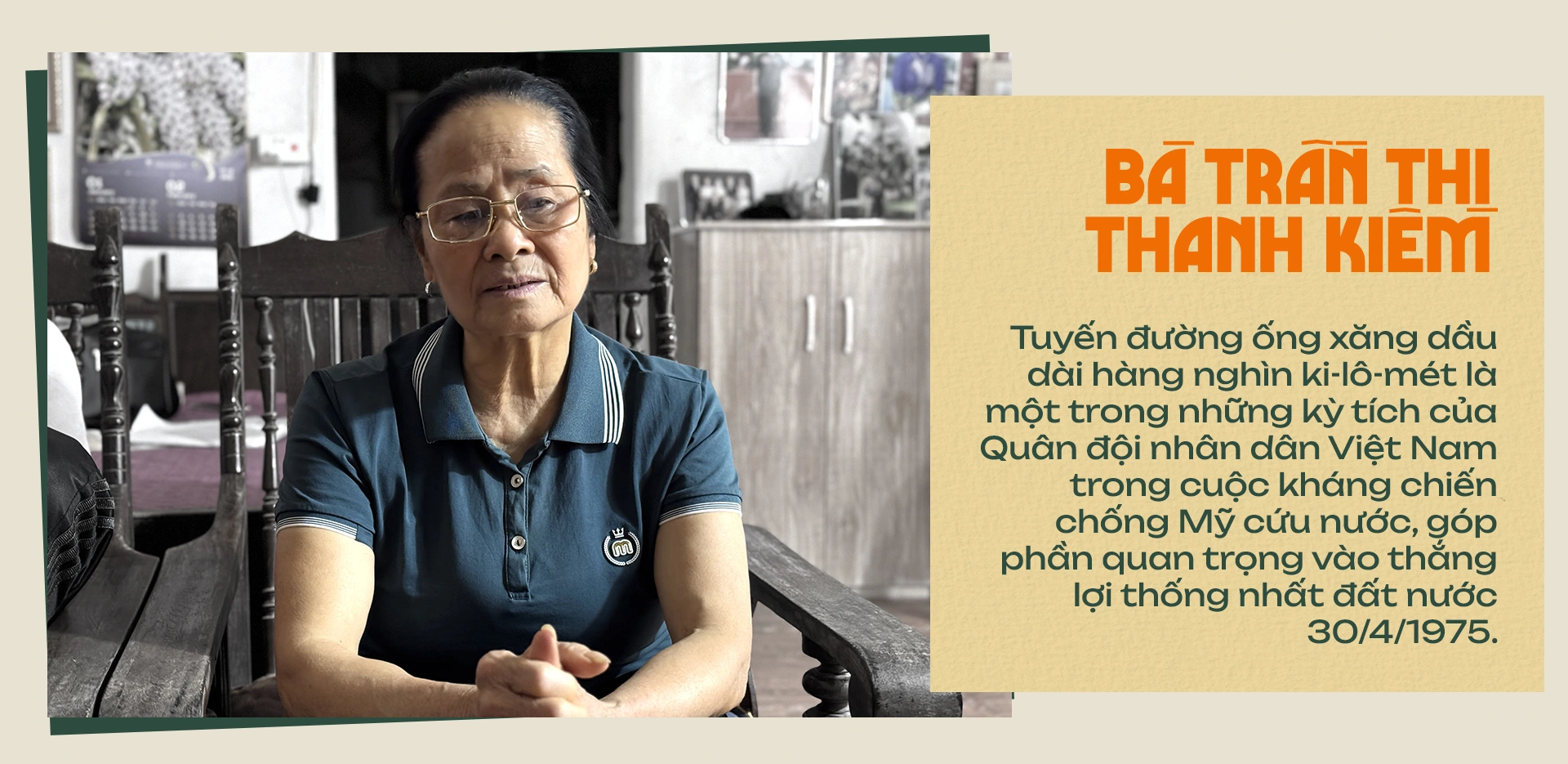
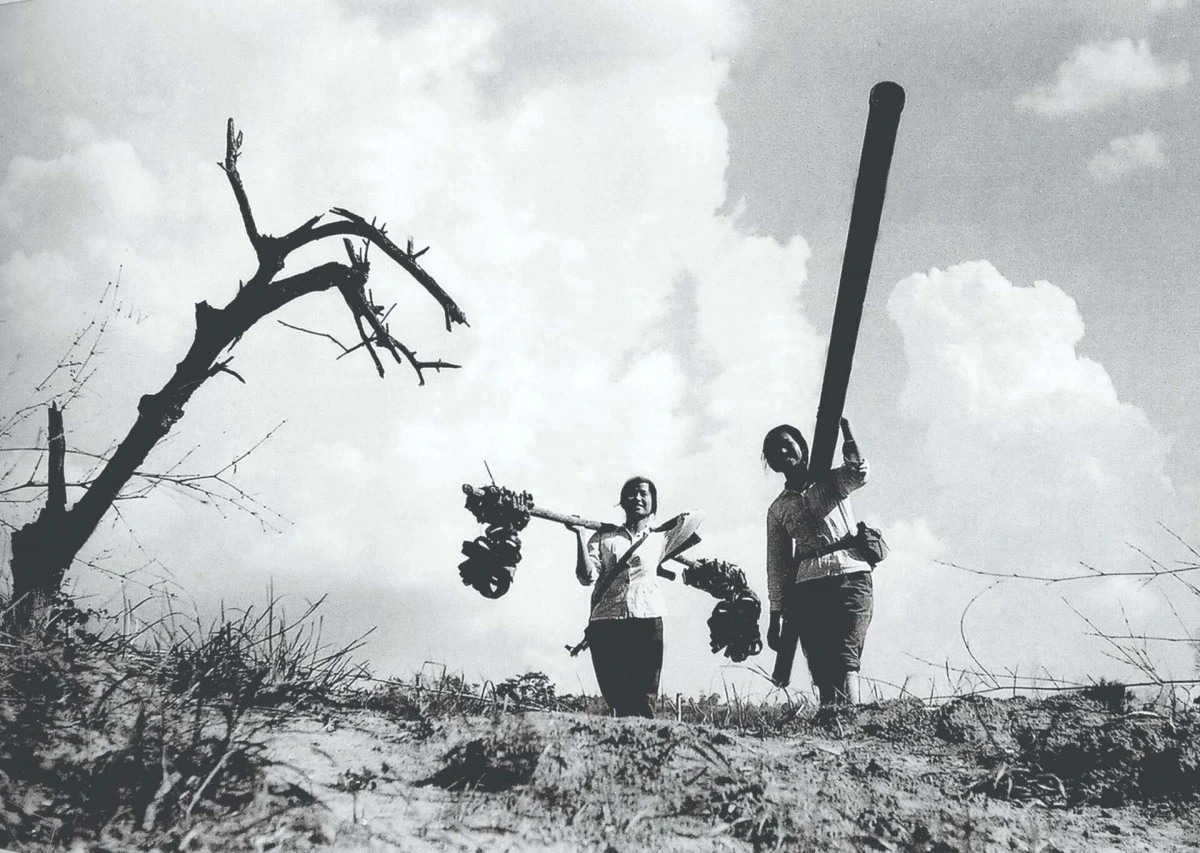
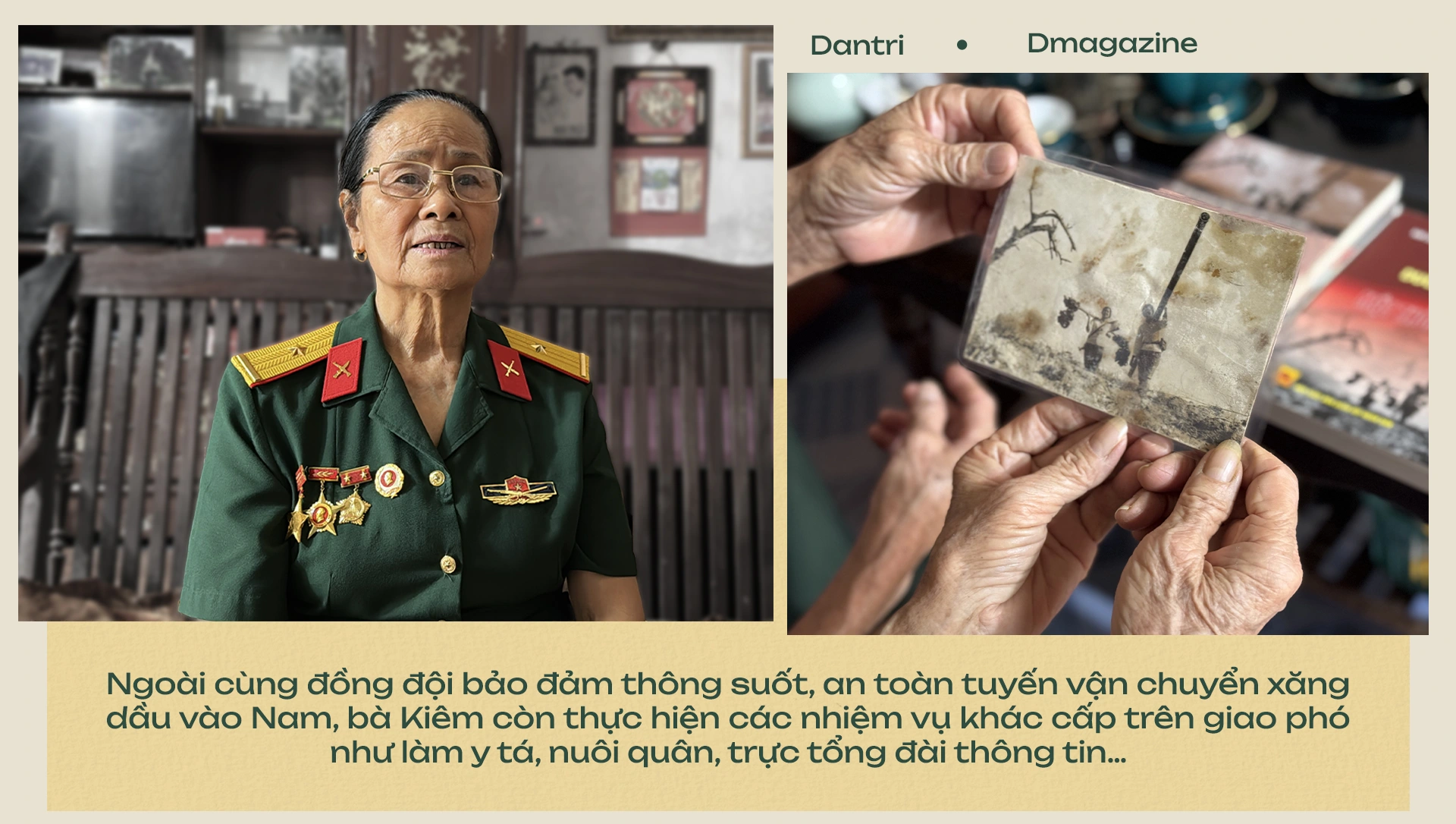
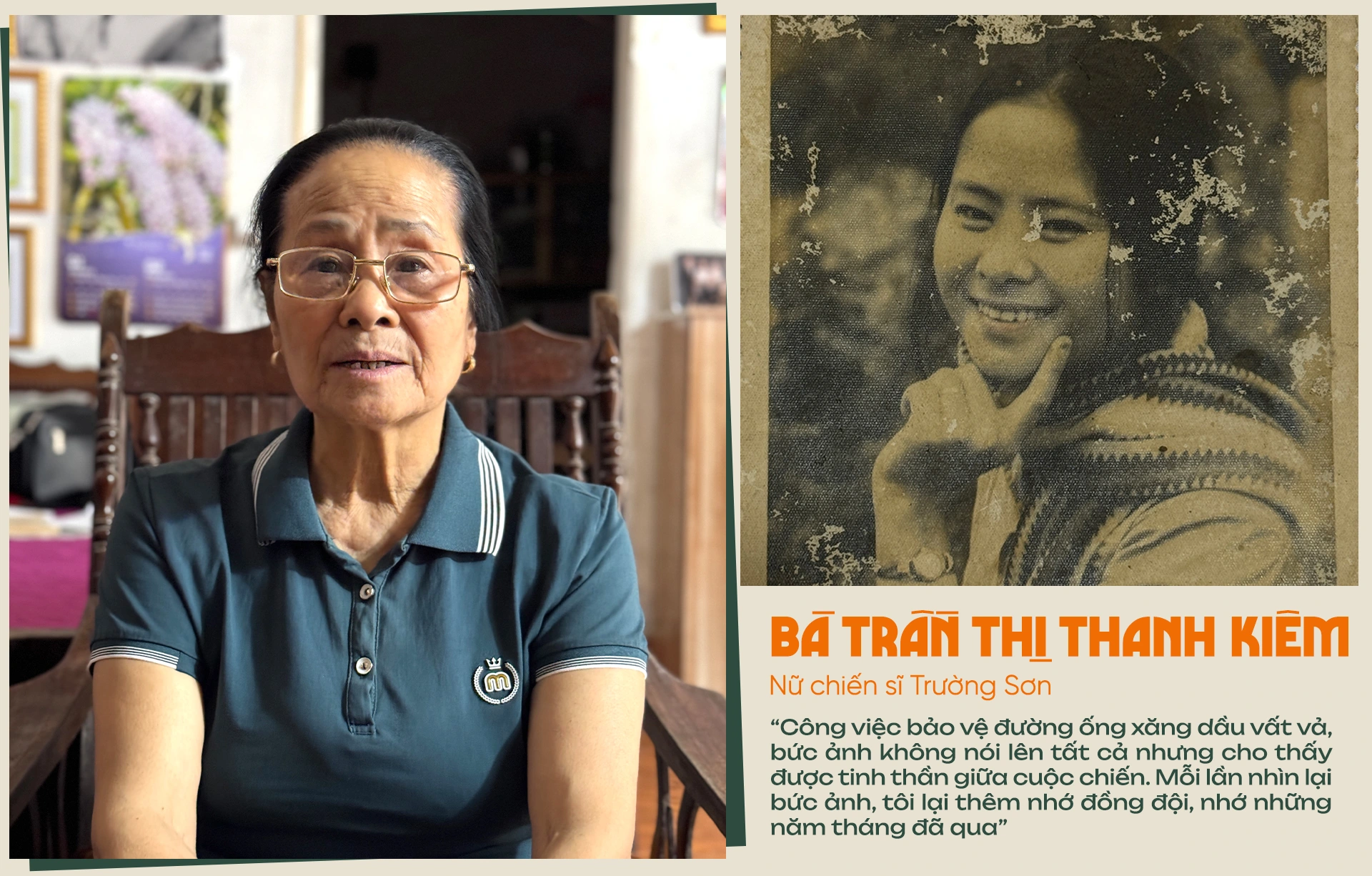
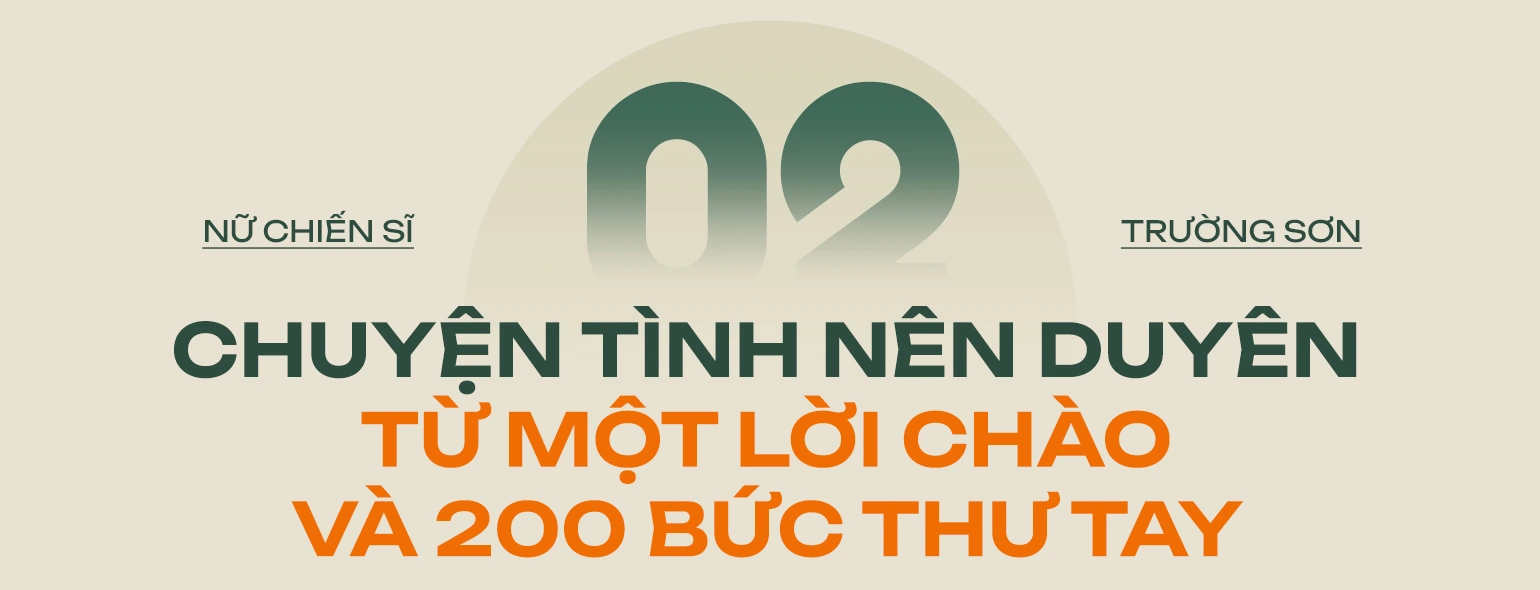
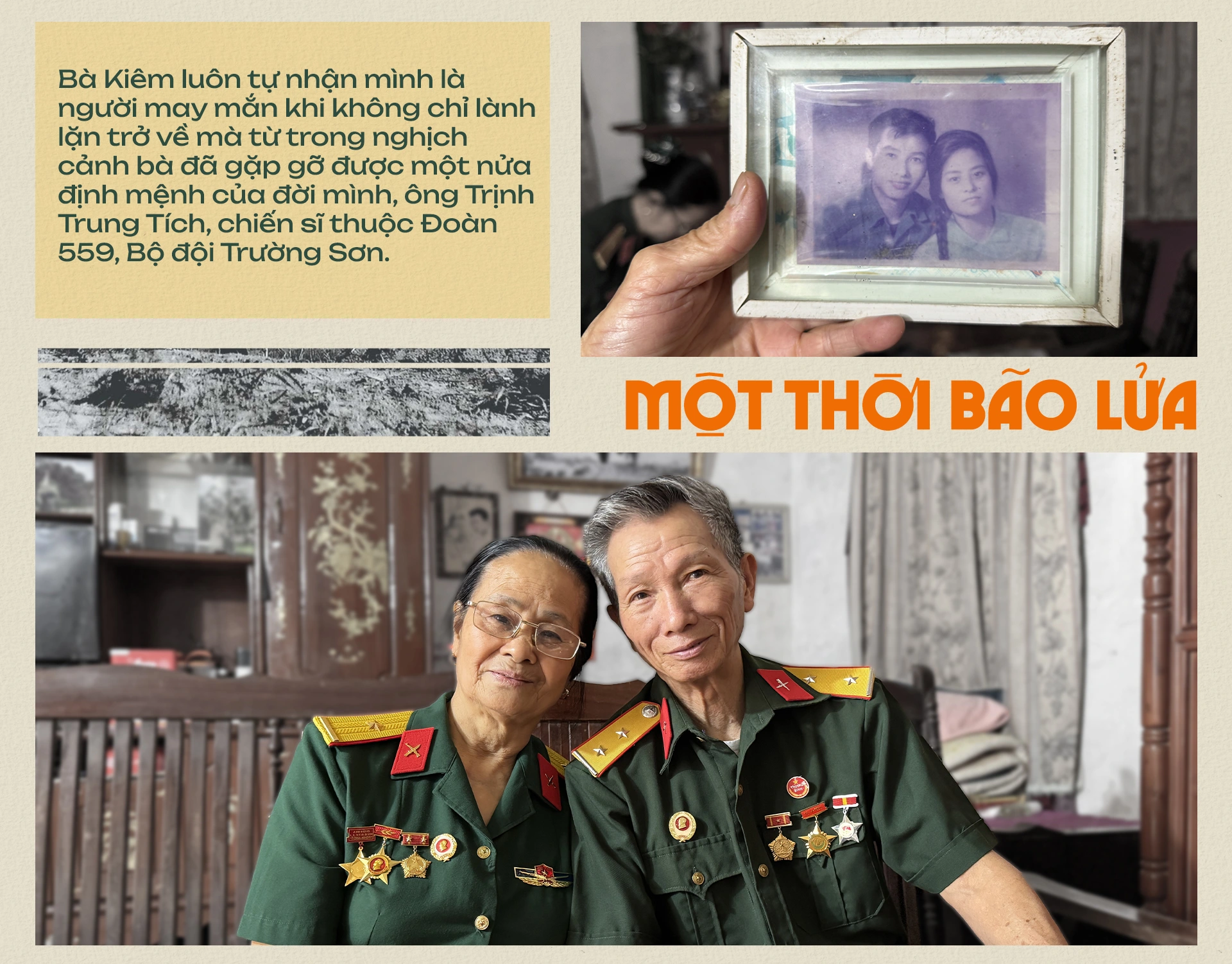
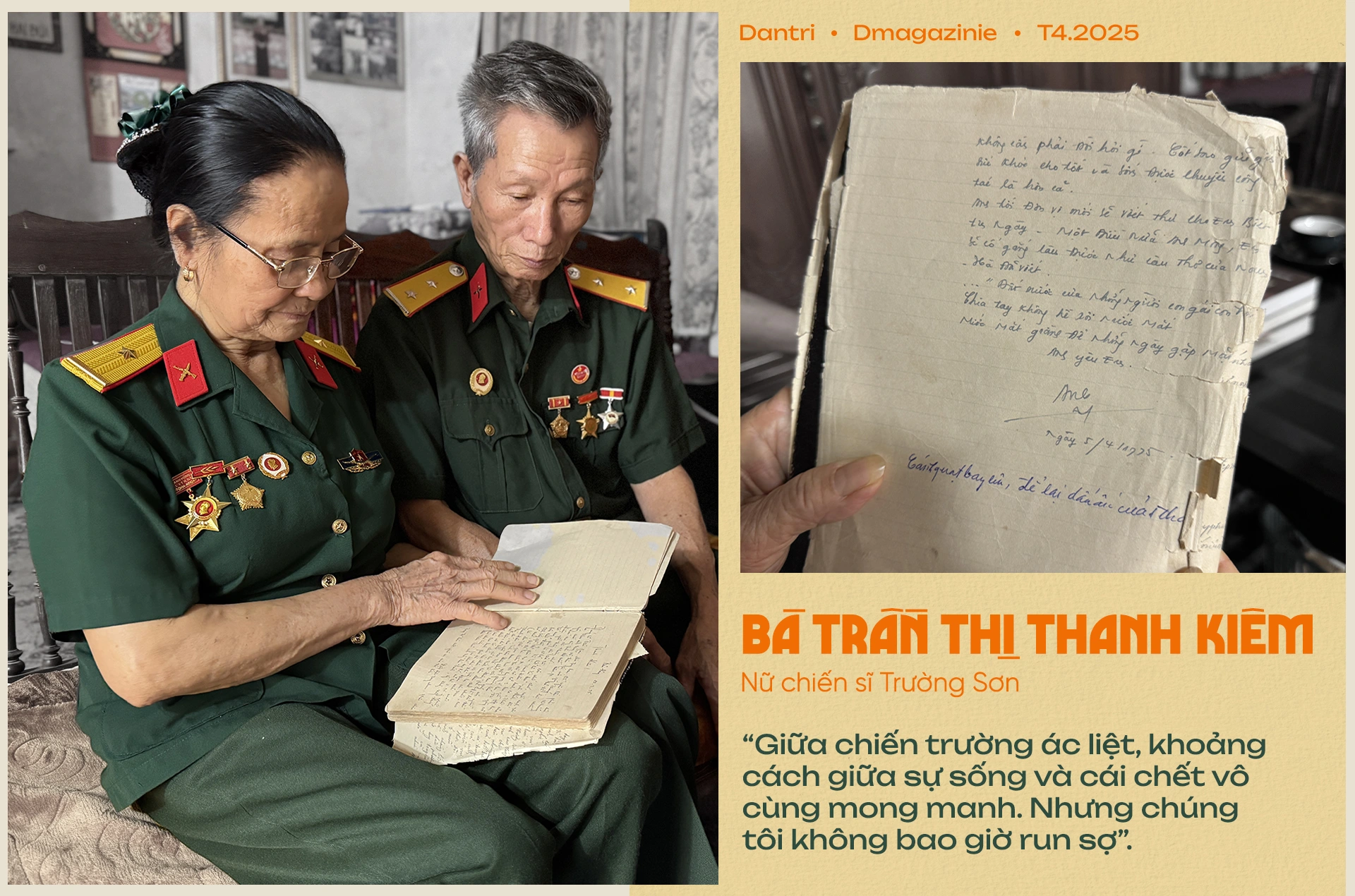
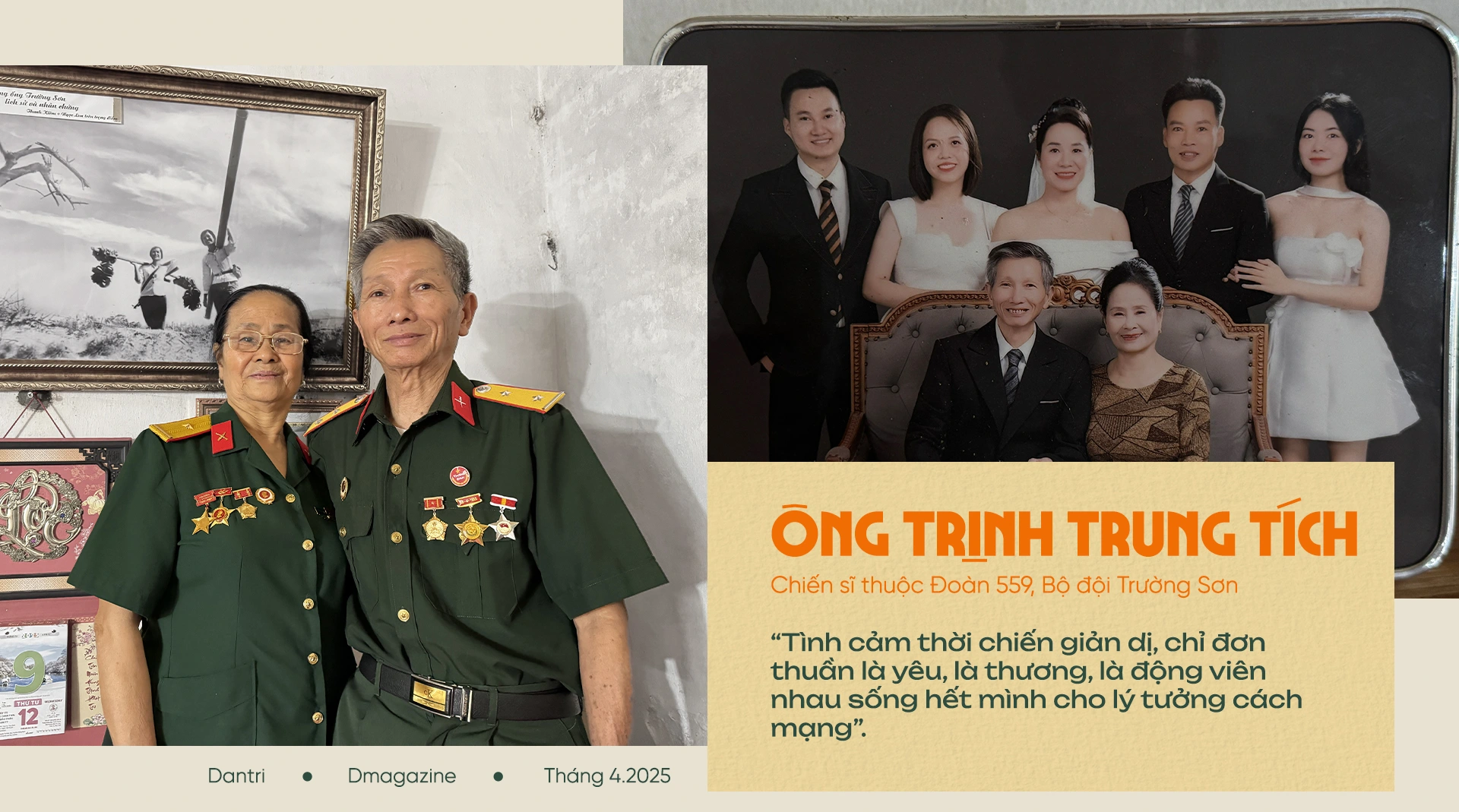



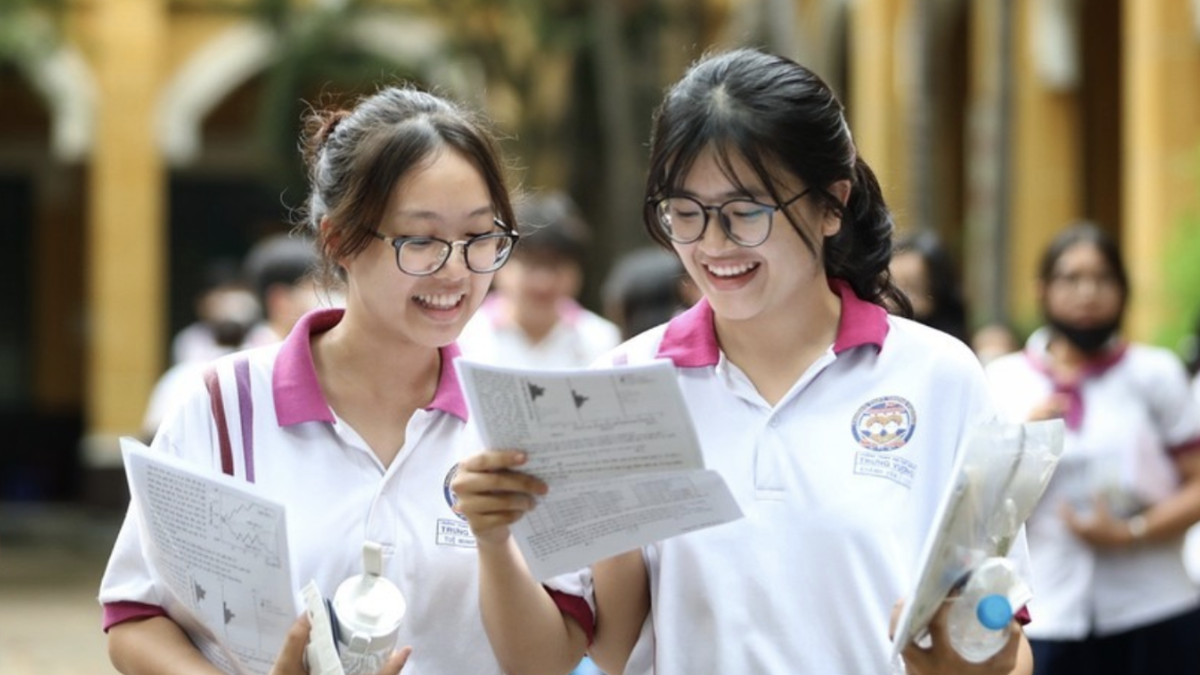

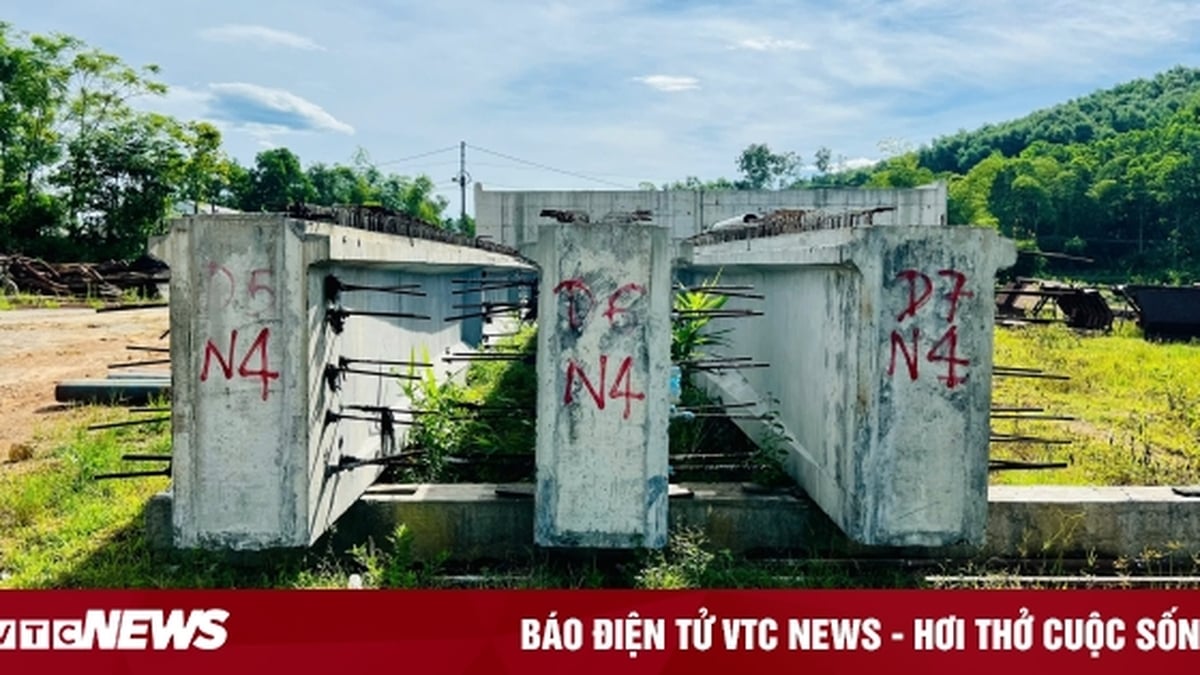
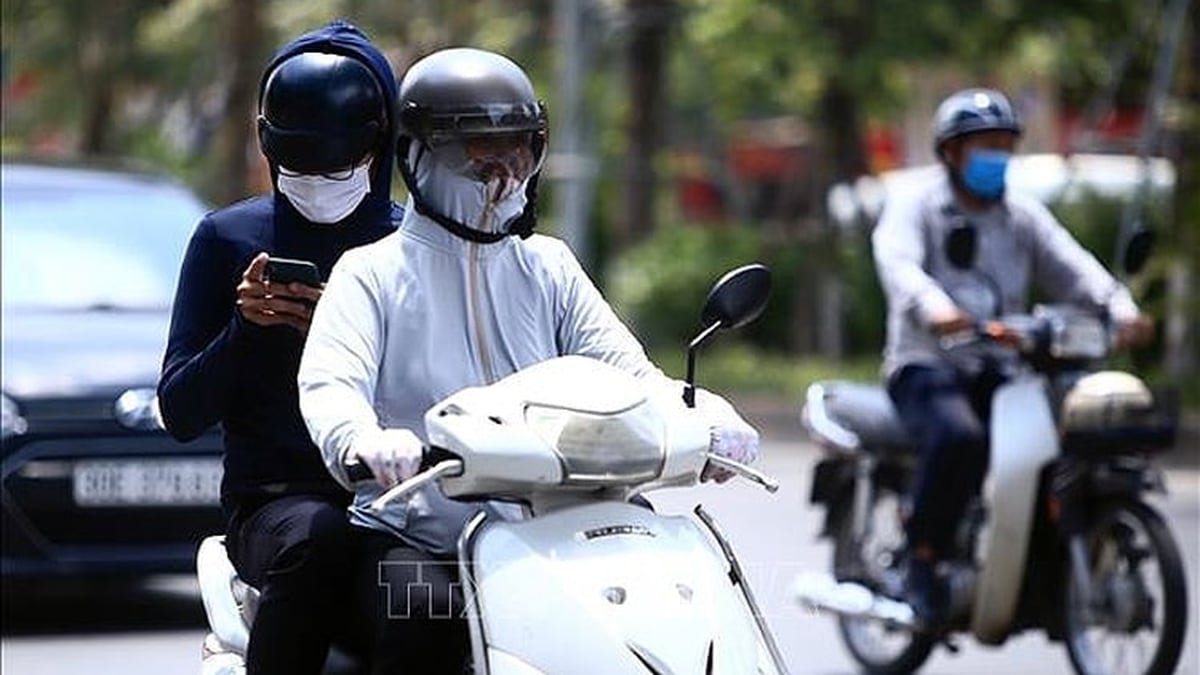
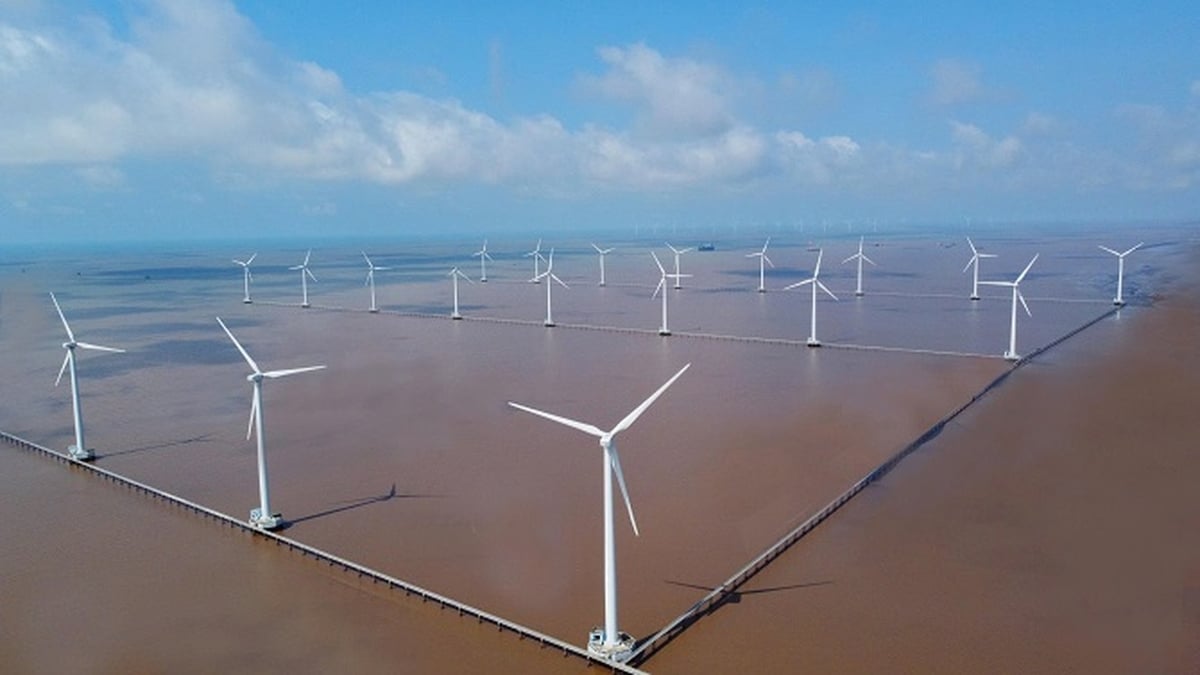
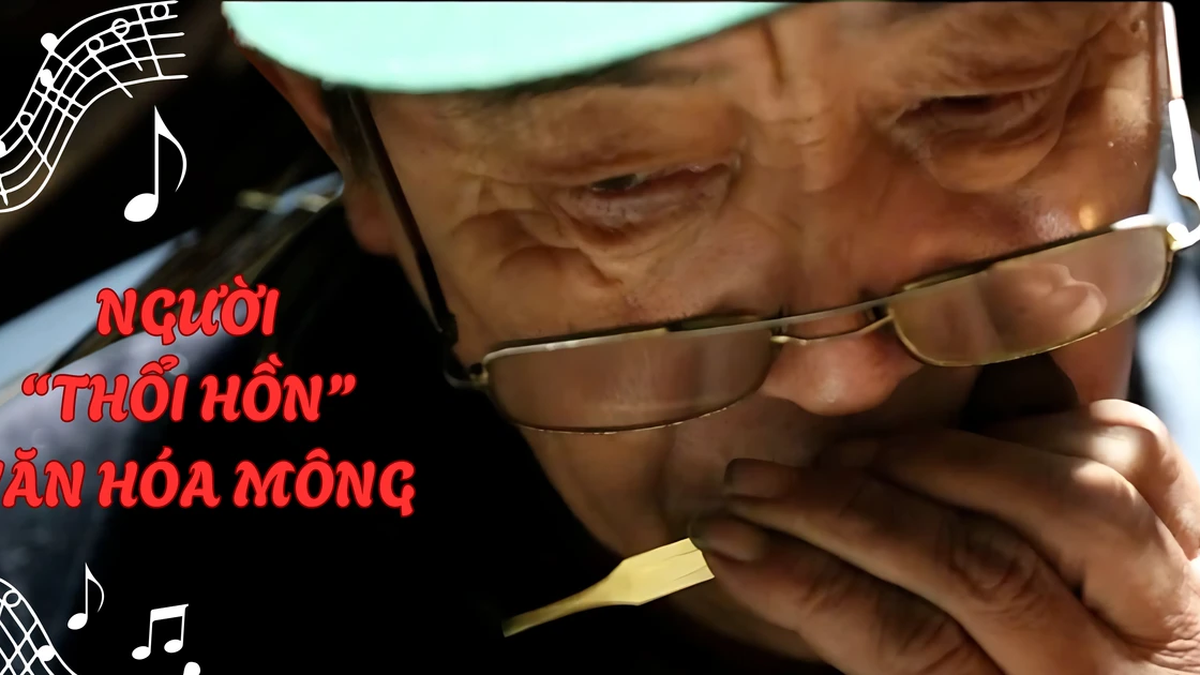













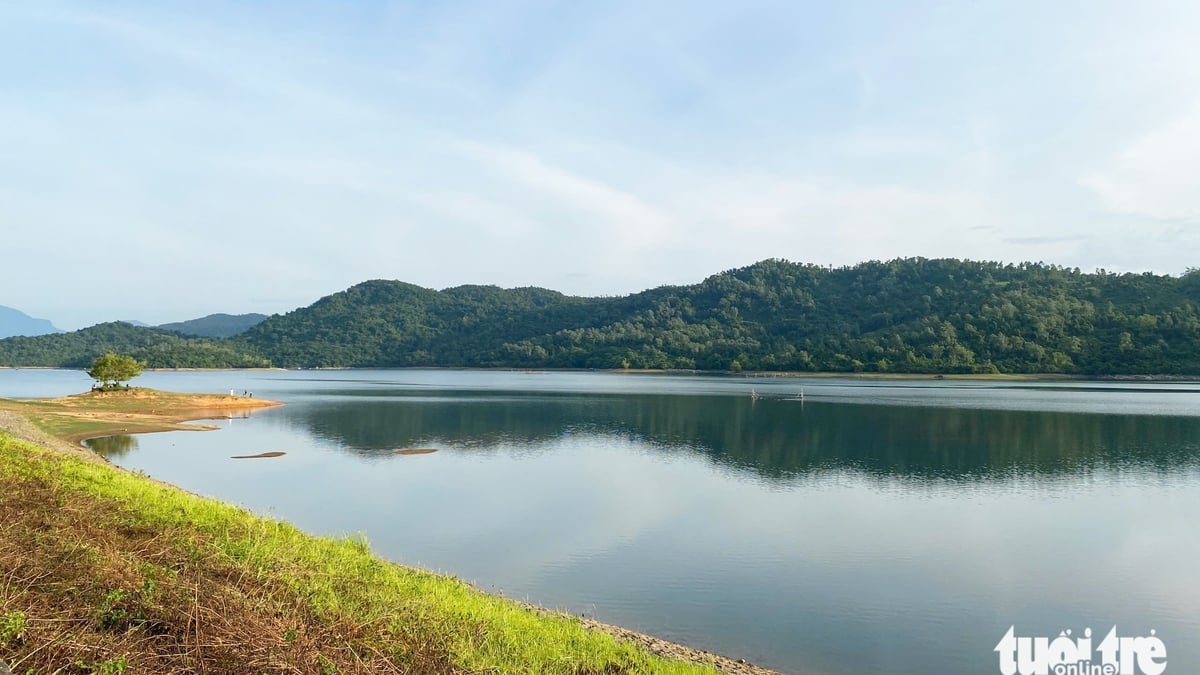
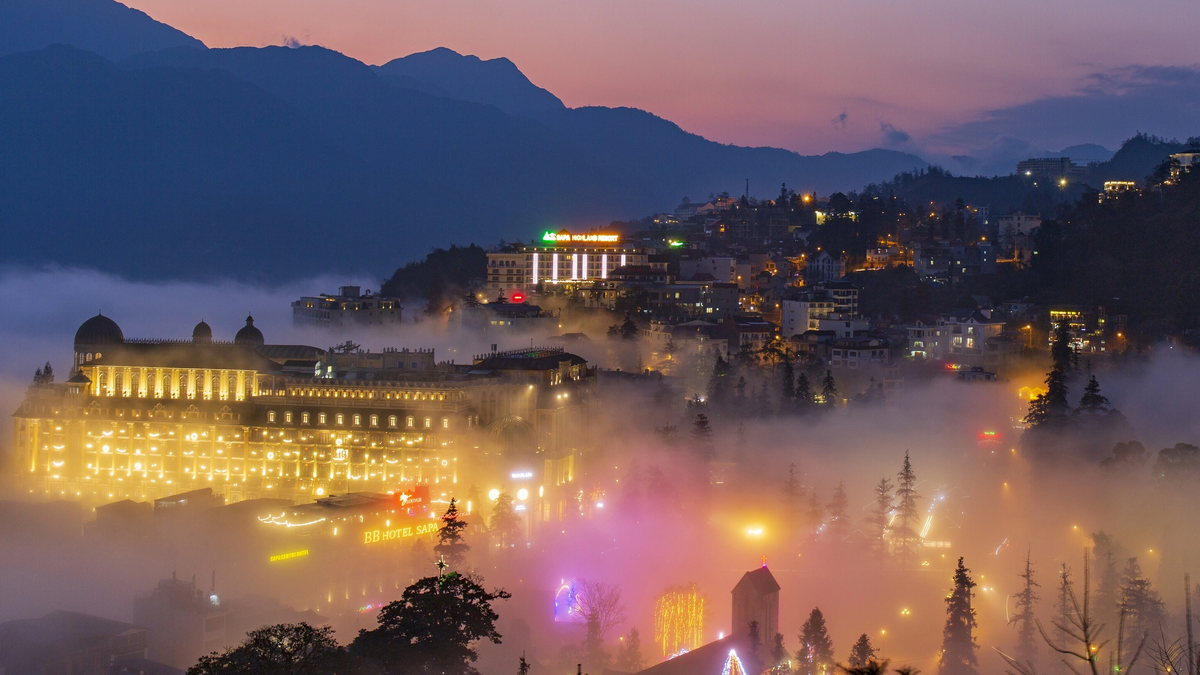
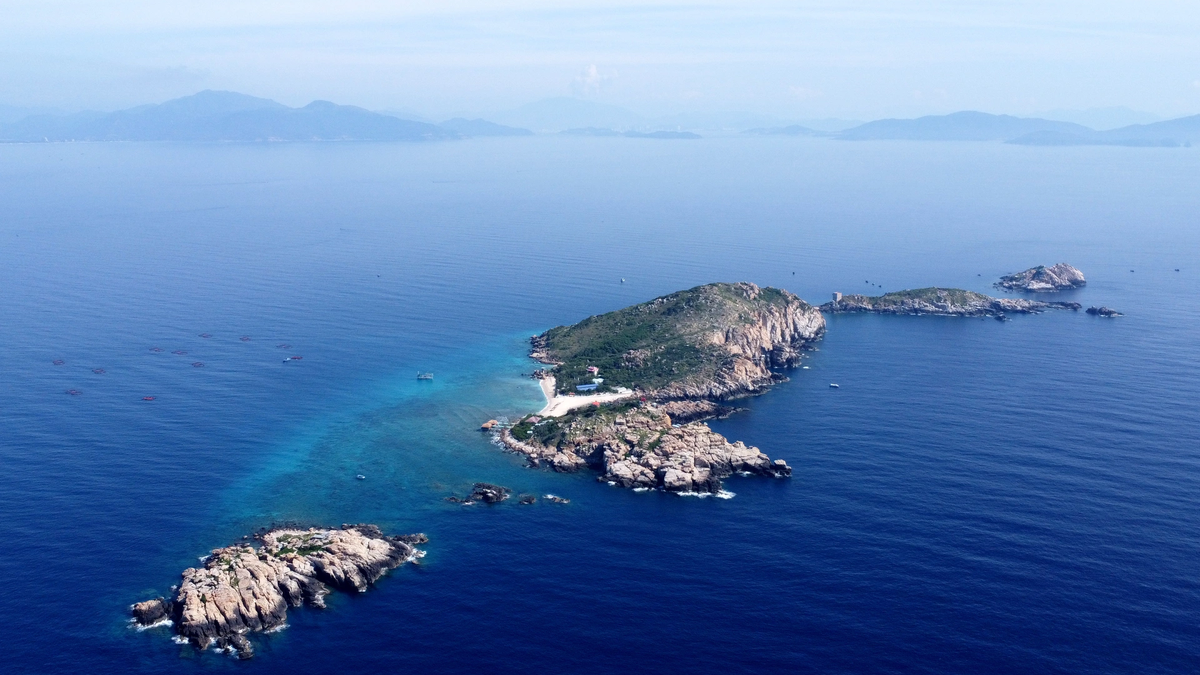




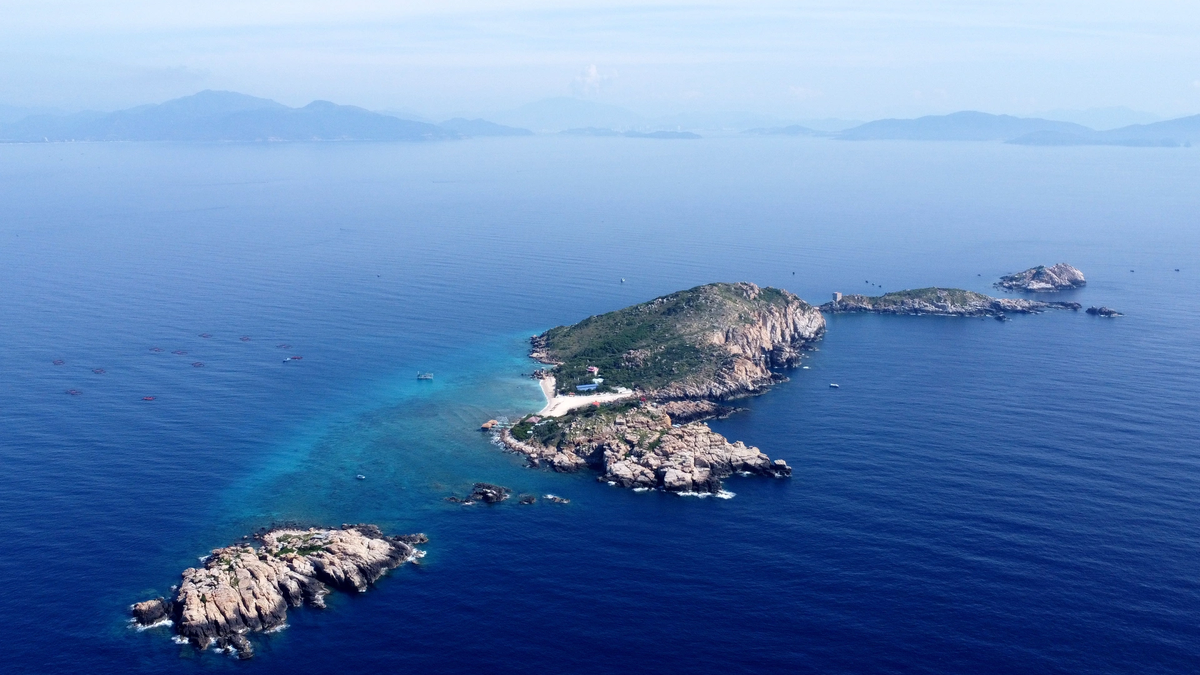
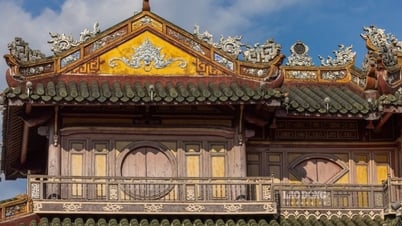

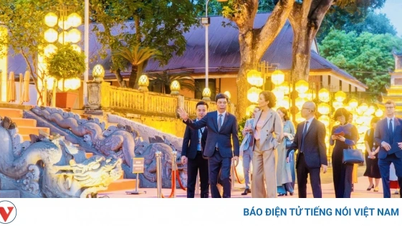

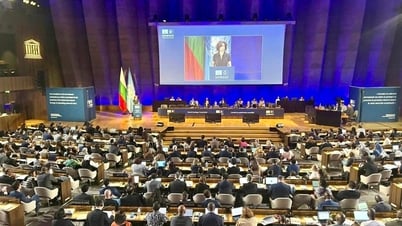

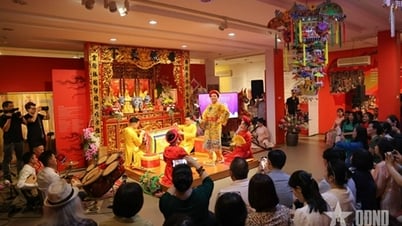

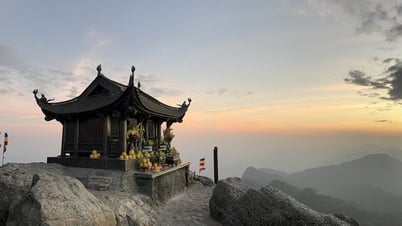
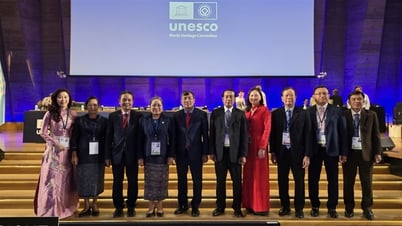





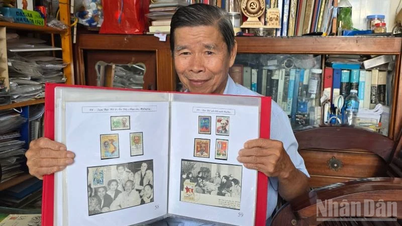
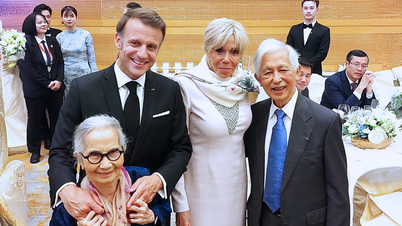




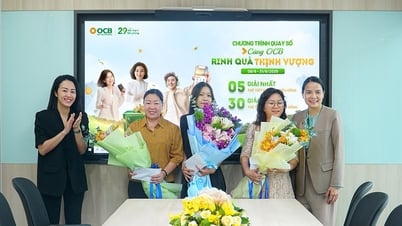












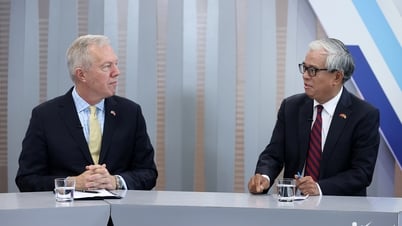
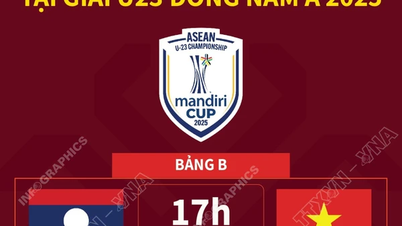

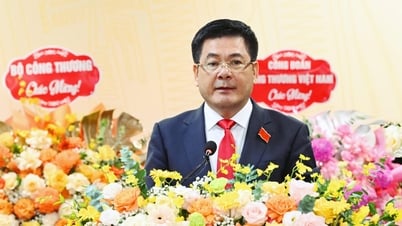

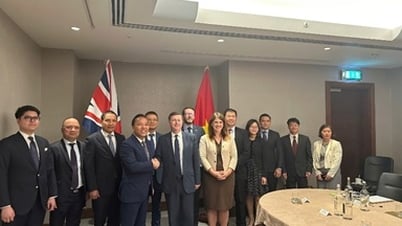
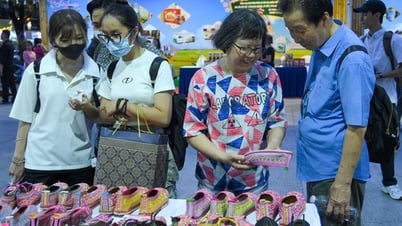

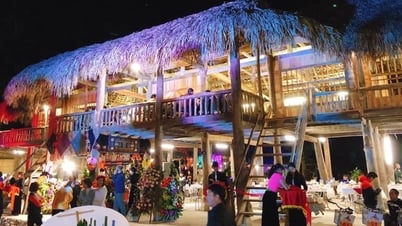
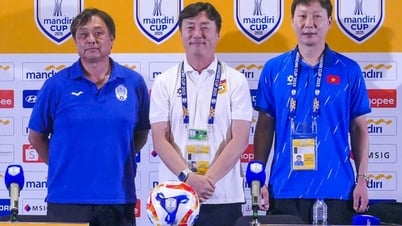
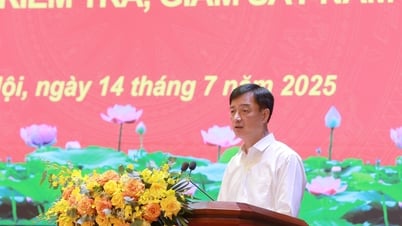











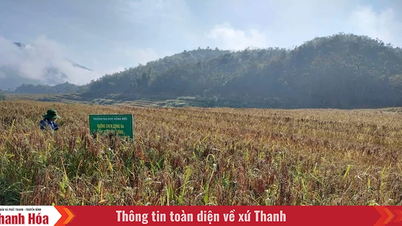

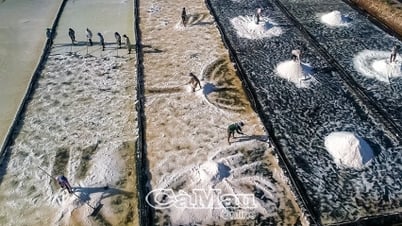

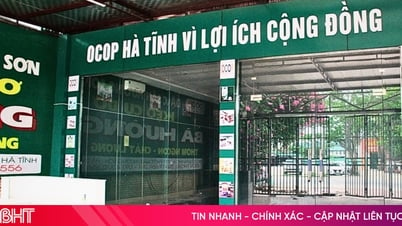

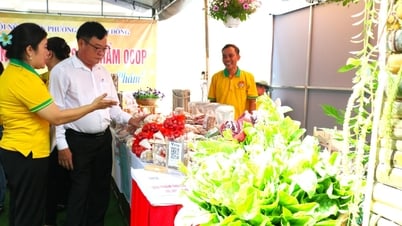


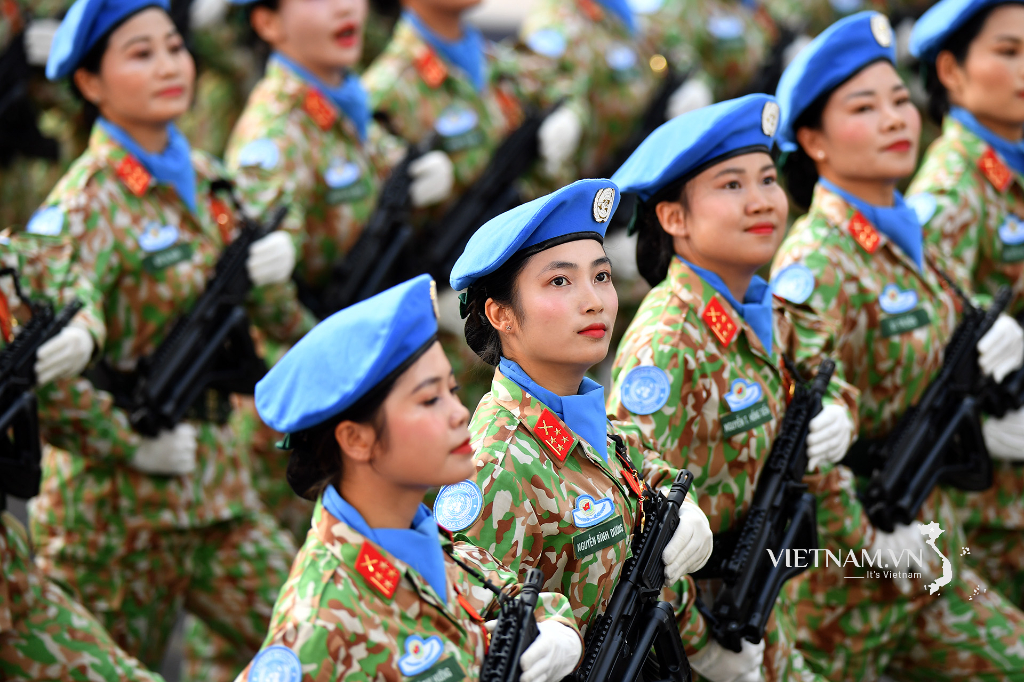


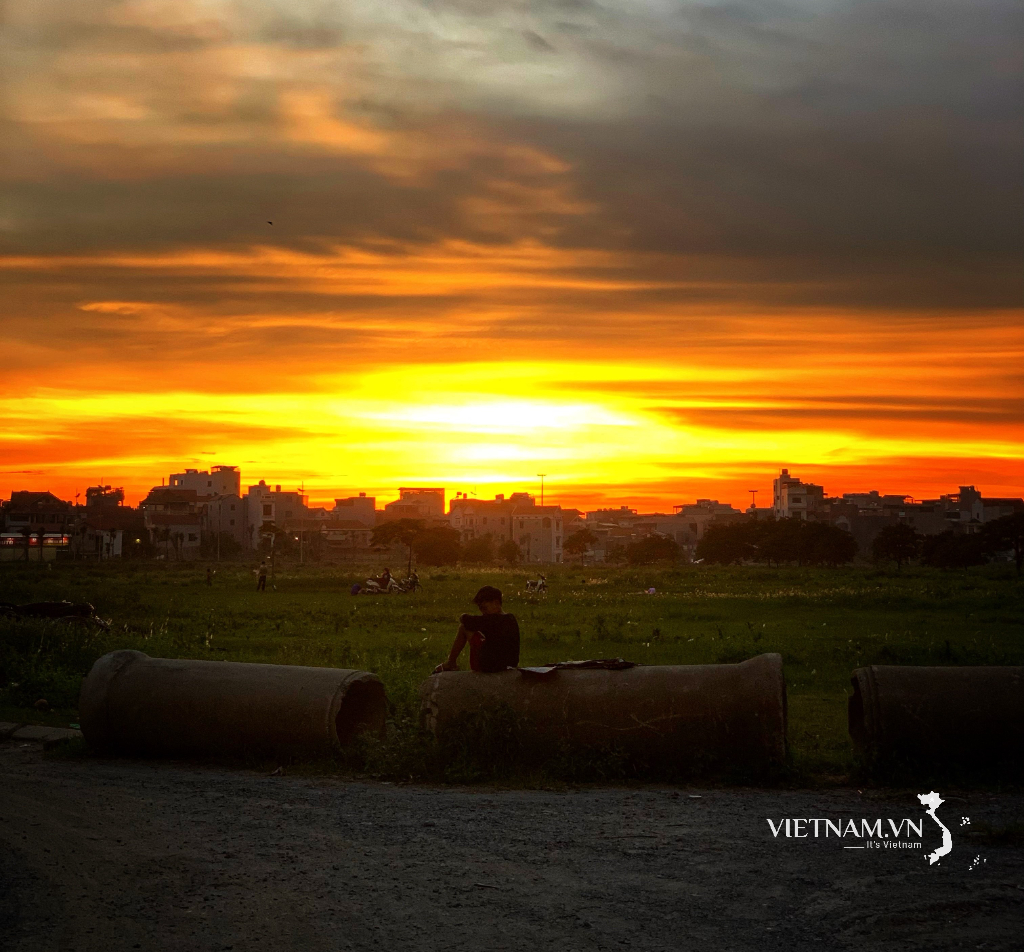
Comment (0)